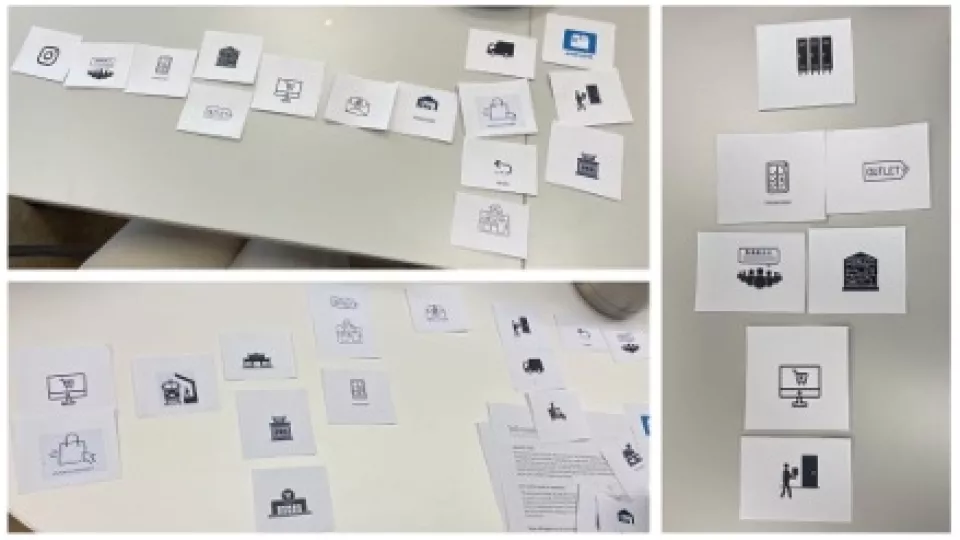While working on a project to understand what value consumers derive from new store formats and how they fit into contemporary customer journeys, I realised that existing methods for mapping customer journeys and evaluating the experience of customers at touchpoints on those journeys did not really fit with the kind of journeys that customers experience in today’s complex retail landscape.
How are customer journeys usually mapped?
Common methods for mapping customer journeys abstract and aggregate observations from multiple customers into a common or typical customer journey. They are often represented as linear journeys. While this is clearly useful for understanding the big picture, it is less helpful for exploring particular journeys and experiences, especially those that include innovative and experimental touchpoints. Innovative and experimental touchpoints, such as new store formats and numerous last-mile options, make existing customer journeys messier and less predictable than they used to be. And we need different methods to explore these messy journeys.
Instead of simply measuring customers’ reactions to a predetermined series of touchpoints, we should use qualitative and explorative methods that allow customers to share their own personal experiences, in their own words, including all the nuance and messiness. Instead of assuming that customers use and experience touchpoints in the way(s) that retail organisations design them to be used and experienced, we need to explore what uses customers themselves find in touchpoints and what experiences are triggered there.
A new, messy, mapping method
To do this, I have developed a new method for mapping customer journeys. Instead of giving customers predetermined touchpoints and asking about their experience there—e.g., “describe your experience at the airport reception”—I ask customers to use open-ended prompts (simple symbols on squares of paper) to physically model a journey for a prior purchase. This allows them to recall the touchpoints that they thought were important and to describe how different touchpoints led into one another, sometimes in surprising ways. I call this method "messy customer journey self-mapping" because of its unstructured nature and its propensity to create non-linear, complex, and sometimes messy maps (see images above).
What can we learn from messy customer journey self-maps?
Allowing respondents to define and explain their own touchpoints on the customer journey allows researchers to gain a deep understanding of the new kinds of messy customer journeys that might be built in and around innovative touchpoints, and the unexpected ways in which customers derive value from new formats. In other words, it provides insight into how actual journeys are experienced by customers and how they deviate from the journeys expected by retail managers. Creating the maps in focus groups seems to improve the quality of the data by allowing participants to inspire each other and to be reminded of parts of the journey that they might have otherwise forgotten.
Messy customer journey self-mapping is perfect for retail researchers and managers who want to understand the kinds of value that customers derive from new touchpoints of all kinds—from new store formats and last-mile touchpoints to innovative technologies and platforms. It also allows us to explore the new and unpredictable customer journeys that may arise in multichannel retail servicescapes, and in relation to second-hand or circular shopping.
